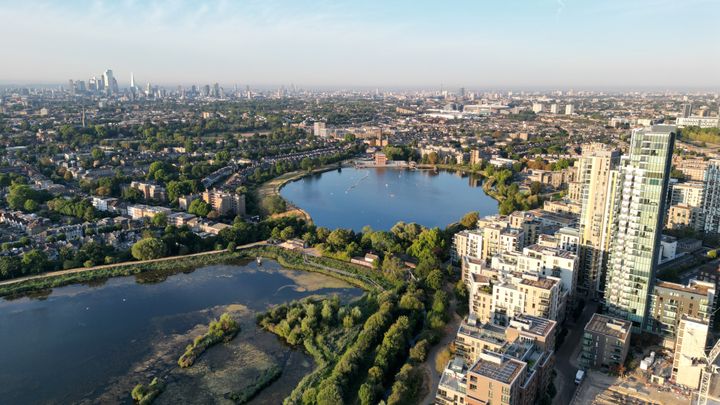
We all know that nature is good for us – but do we know how?
A plan from the government wants every household in England to be within a 15-minute walk of a green space or body of water.
It is aiming to restore at least 1.2 million acres of wildlife habitat and 400 miles of river, including 7,400 acres of woodland along English rivers and 25 new (or expanded) national nature reserves, while also offering more protection to some of the country’s most threatened wildlife.
Sewage spills will be more carefully monitored, and from November, government departments will have to consider the environmental and climate impacts of each new policy they want to announce.
And, while the proposal has been scrutinised for not having enough funding to put the ideas in place, the lack of clarity around the scheme and for contradicting the government’s less-environmentally friendly plans, there is definitely merit in the core proposal about bringing us all closer to nature.
Why is it good to be near green spaces?
As the European Environment Agency wrote last year: “Green spaces improve air quality, reduce noise and enhance biodiversity.
“Green spaces also moderate temperatures during hot periods and provide cool and shaded areas.”
With UK temperatures still set to soar every year as the climate crisis worsens, these green spaces are only going to become more essential as time goes on.
Green areas are known to boost socialising too, as it becomes a hub for physical exercise and social interactions.
According to the EEA, that green spaces can also reduce mortality and morbidity from chronic diseases, improve mental health and pregnancy outcomes and reduce obesity.
It’s particularly advantageous for people of lower socio-economic status, as surveys from other nations – like Barcelona, Norway and the Netherlands – showed, because these groups may not have access to a private green space.
The elderly also see physical and mental health benefits, through increased exercise and decreased social isolation.
More marginalised groups like migrants and asylum seekers can find social connection in these shared spaces, too.

Why is being near water good for us?
A 2013 study on happiness in natural environments asked 20,000 people to log their sense of wellbeing and their immediate surroundings at random intervals.
It concluded that marine and coastal areas were the happiest locations, around six points higher than an urban environment.
Researchers said this was the equivalent “difference between attending an exhibition and doing housework”.
According to New Scientist magazine last July, the Victorians used to prescribe a trip to the sea for some truly fresh air as a treatment for melancholy – and surveys conducted since have proven that even just seeing blue space like the coast can reduce depression.
So how green (and blue) is the UK already?
The UK is a bit of a conflicting picture when it comes to judging how green and blue it is.
London is allegedly the green city in Europe due to its parks, but the WWF has also warned that the UK is one of the most nature depleted countries in the world.
More than one in seven native species face extinction and more than 40% are in decline – and most of this comes down to the intensification of agriculture.
Farmland covers 70% of the UK now, according to the WWF, and roads are breaking up wildlife habitats, too.
The Office for National Statistics also broke down how the UK’s land was divided up in May 2022.
It found that enclosed farmland makes up 52%, woodland 13%, mountains, moorlands and heath just 11% and semi-natural grasslands only 10%.
Urban land, though, makes up surprisingly little at 7%, while coastal margins are just at 2%.
And from those stats alone, it would explain why the government wants to encourage us back into nature.
But, as nature campaigner Paul de Zylva at Friends of the Earth told The Guardian, the government’s promise “sounds impressive”, “it’s unclear” how it will introduce such measures like access to a green area within a 15-minute walk.
It’s also worth noting that watchdog, the Office for Environmental Protection, found that the government was failing or not progressing on almost every environmental issue – so maybe it’s best to take matters into your hands when it comes to finding nature.